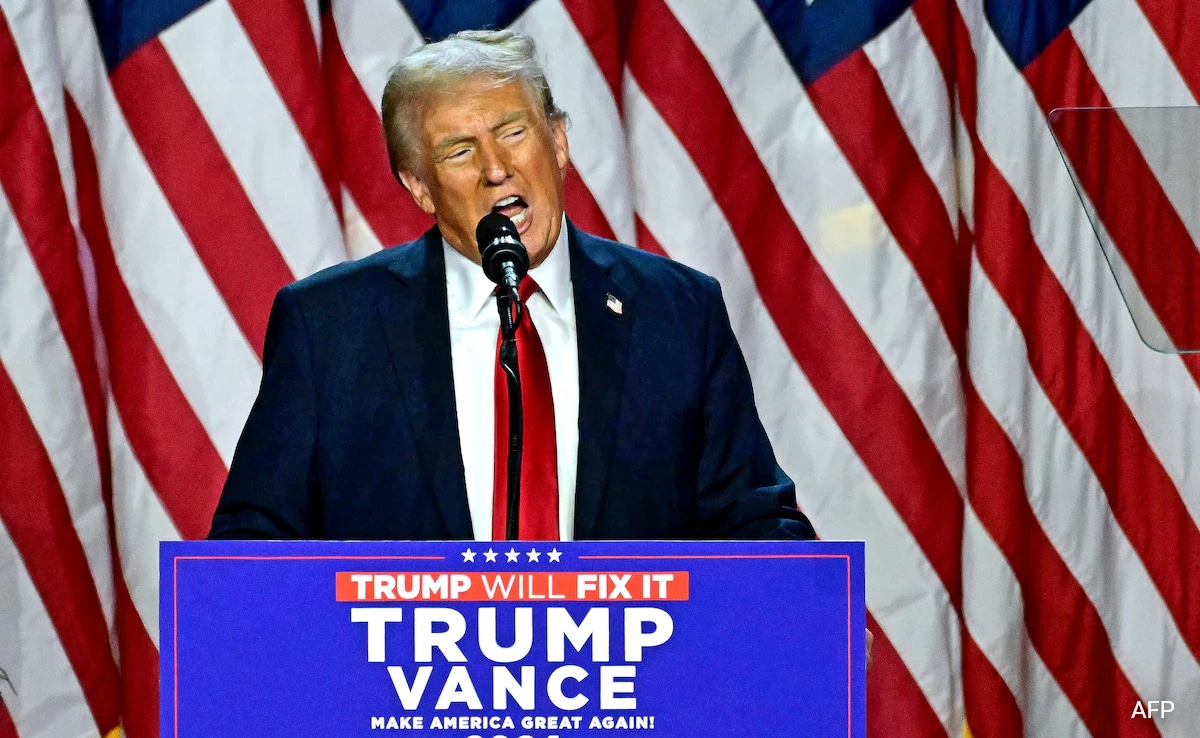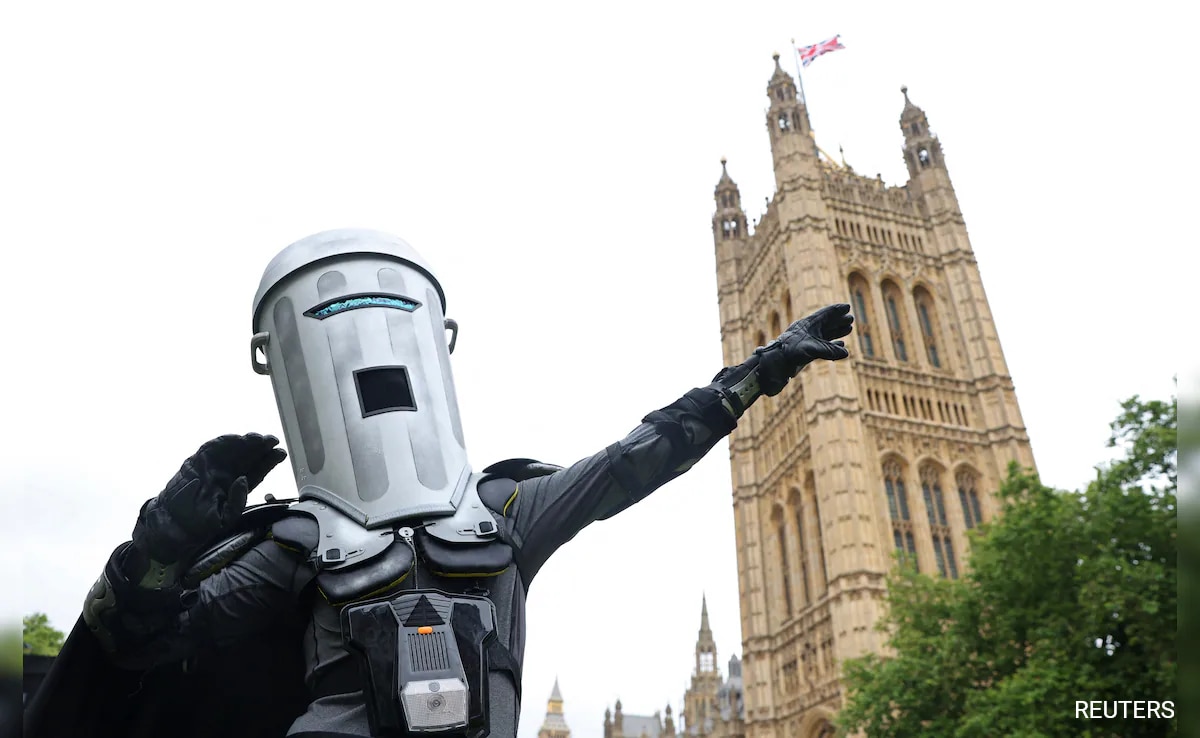If you’re looking for an insight that helps explain what happened in the US Presidential election and why it happened, consider this observation from a key player in US politics: “There is a difference between what offends people and what affects them.”
Donald Trump offends people as if it were a religion. His constant lying offends; his cruelty offends; his racism offends; his misogyny offends; his open contempt for “losers” offends; his lack of remorse offends; his vanity offends; his affinity for chaos offends; his admiration for dictators offends; his vow for retribution and revenge against the “enemies of the people” (anyone who has crossed him or might cross him) offends; his promise to begin “mass deportation” of “25 million” illegal immigrants on Day 1 offends; his vow to upend world trade by imposing a 20% tariff on all goods and 60% on Chinese goods offends; his promise to “protect women whether they like it or not” offends; his commitment to dismiss climate change and pursue a “drill, baby, drill” energy policy offends; his commitment to end Obamacare offends. The list is endless.
It’s Trump’s World…
Yet, Trump is the first Republican in 20 years to win the popular vote, and the MAGA movement has given him unfettered power by securing both the Senate and the House. The US Supreme Court is already aligned with him 6-3 and has effectively granted him virtual immunity from any presidential acts. Project 2025 has a blueprint ready to fulfil his promise to crush the “Deep State” (i.e., federal officials committed to the Constitution and the rule of law) and replace up to 50,000 federal employees with loyalists. The independence of the Federal Reserve and the Justice Department will be under threat. All of this has been clear as daylight since Trump announced his re-run in December 2022.
But Trump won because he successfully positioned himself as the Agent of Change (‘Trump will Fix It’), addressing the issues that affect his core voter base—62% of Americans without a college degree. These voters, who typically show little interest in politics but are deeply focused on improving their material well-being and preserving their cultural values, were key to his success.
And what affects them? Some of the most important issues include rising costs over the last four years: grocery prices up 20%, rents up 40%. There are also concerns about men’s self-image: girls outperforming boys in school and college, the #MeToo movement, and college-educated women seeing the highest increases in income and status. Then there is what many perceive as the imposition of ‘Wokeism’: it’s not just about accepting the full rights and recognition of the LGBTQ community, but also about children having the right to change their gender before adulthood.
The Fear Of Immigrants
In some cases, there are deeply held beliefs based on fear and misinformation. I know a Texas-based psychotherapist whose patient confided that she was afraid to go out at night due to fear of immigrants, even though she employs a migrant—likely an undocumented worker—as a housekeeper. Another patient believes Trump was sent by God and that the opposition party was sent by the Devil. Neither patient suffers from psychosis; these are culturally sanctioned beliefs, according to the therapist.
Finally, there are outright misconceptions—such as the belief that tariffs won’t raise the cost of household goods, or that Trump’s first term, with no new wars, proves he could end the Ukraine and Middle East conflicts immediately upon taking office. There is also the notion that the mass deportation of illegal immigrants would not cripple industries that rely heavily on immigrant labour, like the US meat industry. According to The Economist, roughly half of the labour on US farms is undocumented.
This same Texas-based psychotherapist couldn’t believe his eyes when he saw a massive billboard in rural Texas proclaiming, “Born in New York, Thinks Like a Texan.” That’s the story Trump sold to voters. And in politics—especially electoral politics—perception is reality.
Is There Really A Tectonic Shift?
Yet, even in the face of what some view as an impending apocalypse for the Democratic Party, it’s important to note that Trump’s win in the popular vote was narrow: 75.8 million votes (50.2%) to Kamala Harris’s 72.8 million votes (48.2%), with nearly all votes counted. In 2016, Biden led Trump by 7 million votes. But credit where it’s due—Trump won the popular vote by actively pursuing it, rallying supporters in New York and California, even though those blue states’ electoral college votes were never in play for him. This effort came in the final weeks of the campaign when conventional wisdom would suggest focusing on the seven key swing states.
How true is the talk of a tectonic shift in the vote and the creation of a new Republican social coalition? It is true that the identity that moved the non-White vote to Trump was their working-class, non-college-educated identity. These voters believed that Trump would do a better job of bringing back jobs lost to Mexico, addressing their affordability crisis, preserving their conservative cultural values, and securing their legal immigrant status by deporting illegal immigrants.
None of this should have come as a surprise. Pre-election polls from The New York Times found a surprising affinity between Trump’s views and those of Latinos and Black voters. Four out of ten Hispanic voters and one out of five Black voters had a favourable impression of Trump. A majority of them sympathized with his “America First” foreign policy. Only 20% of Hispanic voters and 26% of Black voters felt that the economic conditions were good or excellent. Median weekly wages for full-time Black workers had risen steeply during Trump’s presidency but essentially stagnated under Biden.
However, in absolute numbers, the shift in the non-White vote has not been as significant as it is often portrayed, as columnist Thomas Edsall points out in the NYT. “Roughly six in ten Hispanics voted for Joe Biden; five in ten for Kamala Harris. Nine out of ten Black voters chose Biden; eight in ten for Harris. More than four-fifths of Trump’s votes came from White voters.”
Trump won because he has excellent political instincts and because people know exactly what he stands for. His views on trade and immigration were shaped years before he entered politics. “I believe very strongly in tariffs,” he told a journalist in 1989. “America is being ripped off.” In his 2000 book, The America We Deserve, he wrote that “our current laxness toward illegal immigration shows a recklessness and disregard for those who live here legally.”
Rich-Poor Divide
What is particularly disturbing for the Democratic Party is that this election has reinforced the post-2012 electoral reality: the less well-off are siding with Trump, while the college-educated, coastal elites are aligned with the Democrats. With White Americans comprising 67% of the population and 62% of Americans lacking a college degree, the Democrats will need to look beyond conventional politicians—those who twist and turn their positions to conform, always erring on the side of caution—to lead the fightback.
Yet, as we all know, Trump can be his own worst enemy. He is entirely transactional. For him, loyalty is always one-way. His insecurity prevents him from sharing the limelight with anyone else. His vanity leaves him vulnerable to manipulation. Not surprisingly, he is not the best judge of character, and his loyalists continue to cycle through a revolving door.
Team Trump, 2.0
The quote at the beginning of this column is from Kellyanne Conway, the Republican pollster who worked with Trump from 2013 and managed his 2016 campaign. She later joined the first Trump administration but left amid a public feud with her teenage daughter in August 2020, who lambasted her personally and politically and even threatened legal separation.
Conway is not the only person who was once with Trump but is no longer. Steve Bannon, Trump’s chief ideologue and speechwriter, is not in the fold anymore. In his place is Stephen Miller, the architect of Trump’s hardline immigration policies. Trump’s daughter Ivanka and son-in-law Jared Kushner have been replaced by Don Jr., who is now in charge of conducting the “loyalty test” for anyone seeking to join the administration. John Kelly, Trump’s longest-serving Chief of Staff who called him a “fascist,” has been replaced by Susie Wiles, Trump’s campaign manager. Wiles is known for her discipline and focus on facilitating whatever catches Trump’s fancy. The big question is: how long will she last?
The New York Times—which Trump both loathes and loves to read—has come in for criticism for suggesting that Trump will be a “lame duck” president, given that the 22nd Amendment to the US Constitution prohibits a third presidential term. Critics accused the paper of sour grapes. However, in an unintended way, the paper has highlighted Trump’s main dilemma: what legacy does he want to leave behind? He has mined the deep divide and distrust of Washington in US society to become the most dominant figure in American politics for the past decade. Does he now pivot to statesmanship and attempt to unite the country? Or does he pander to his MAGA base and give full rein to his thirst for revenge?
Rein Of Uncertainty
The early signs are ominous. Trump’s nomination of the highly controversial Congressman Matt Gaetz, who is under investigation for ethics violations, as Attorney General has even alarmed The Wall Street Journal. “He’s a nominee for those who want the law used for political revenge, and it won’t end well,” the paper warned.
Similarly, the case of Fox News host Pete Hegseth, who has been outspoken against the Pentagon’s “woke” policies regarding racial and transgender equity, and the appointment of former Democratic presidential contender Tulsi Gabbard, now a Trump loyalist, as Director of National Intelligence, raise further concerns. Gabbard has shown no evidence of expertise in intelligence. No one should be surprised by this turn of events.
(Ajay Kumar is a senior journalist. He is the former Managing Editor, Business Standard, and former Executive Editor, Economic Times.)
Disclaimer: These are the personal opinions of the author
Waiting for response to load…












